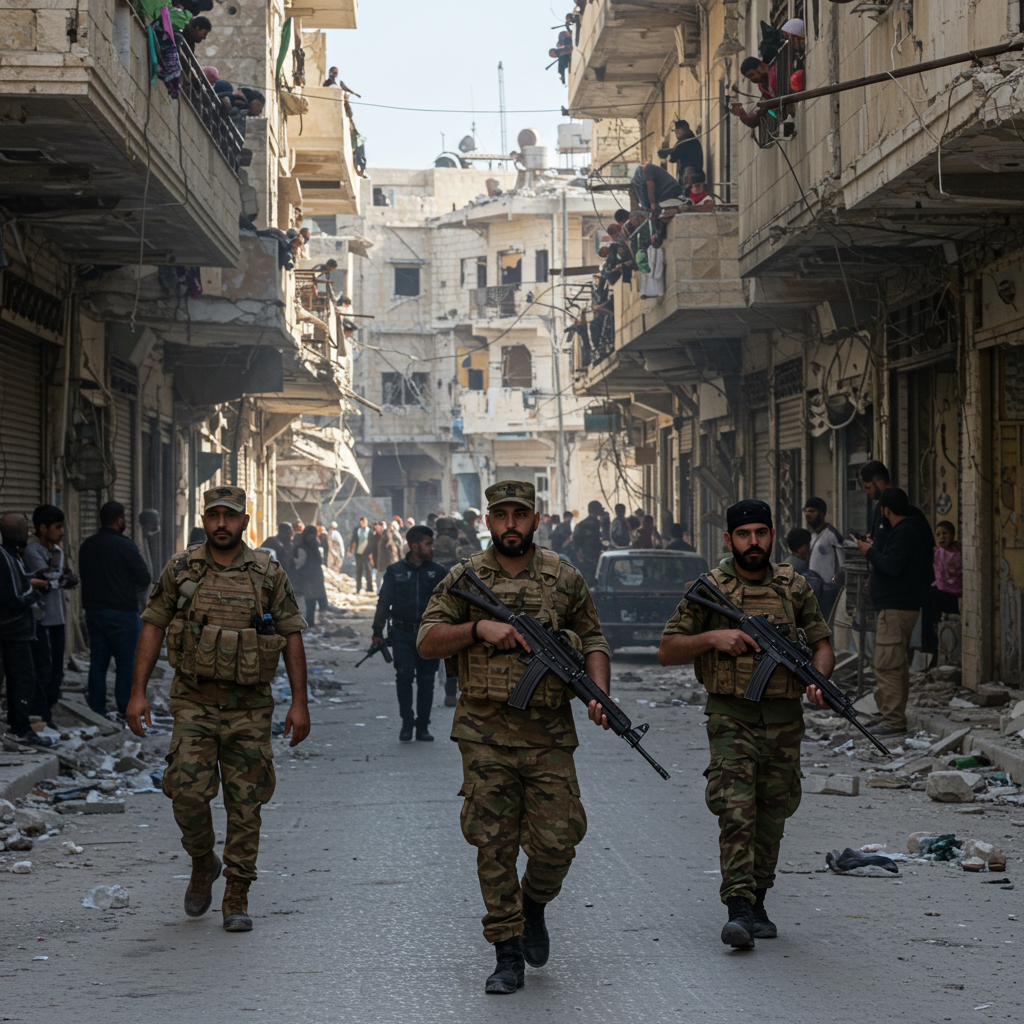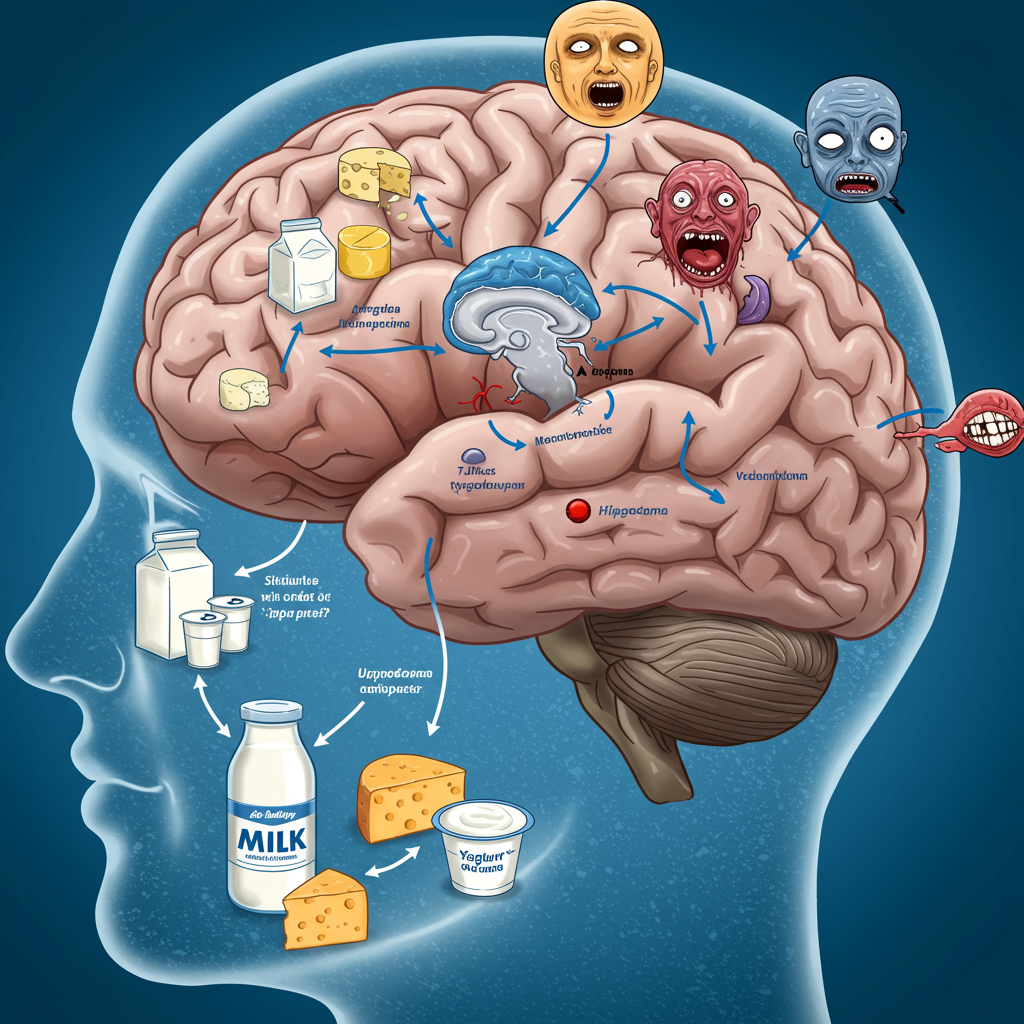Gaza faces a deepening crisis as Hamas intensifies its grip on the territory. Following Israel’s partial withdrawal, the group has rapidly reasserted control through disturbing public executions and clashes with rival factions. These brutal displays underscore the volatile security situation. They also complicate humanitarian efforts and future peace prospects, casting a dark shadow over any potential for stability.
Hamas’s Brutal Reassertion of Power in Gaza
Recent events in Gaza reveal a stark picture of Hamas’s violent reassertion of authority. Multiple videos, confirmed by independent verification, show masked Hamas fighters carrying out public executions in Gaza City. One particularly gruesome incident, geolocated to the al Sabra neighborhood, depicted the killing of eight blindfolded, unarmed men. Some fighters wore green Hamas headbands, cheering after the shootings. Onlookers witnessed the brutality.
These actions, widely condemned by Palestinian and international human rights groups, signify a chilling return to explicit force. Witnesses describe victims, often partially stripped and barefoot, being dragged into squares. They were forced to their knees before execution. A Gaza lawyer called these acts “lawlessness,” not resistance. An activist condemned them as a “crime.” This public violence aims to project strength and enforce compliance across the Gaza Strip.
Targeting “Collaborators” and Rival Groups
Hamas frames its brutal campaign as a necessary measure to combat “lawlessness” and impose order. The group’s internal security force, Radaa, claimed it conducted “precise operations” to neutralize “wanted individuals and outlaws.” These targets reportedly include collaborators with Israel, mercenaries, thieves, and bandits. A Hamas-affiliated Telegram channel stated executions followed “legal and judicial procedures.” However, critics widely disputed this claim, highlighting a lack of evidence or fair trials.
This crackdown extends to powerful local clans that have challenged Hamas’s authority. Tensions between Hamas and groups like the Doghmush family, a prominent clan in al Sabra, have escalated dramatically. Reports indicate over 50 fatalities in recent clashes, including a dozen Hamas members. The Doghmush family vehemently denies collaboration with Israel. They accuse Hamas of “heinous crimes” and killing 28 family members after assurances of safety. Analysts suggest these shows of force also counter clans that grew in strength during Israeli bombardments. Some clans reportedly received weapons and support from Israeli forces, potentially acting as proxies against Hamas.
The Broader Context of Control and Aid
Hamas’s reassertion of control goes beyond punitive actions. Despite being weakened by years of conflict, the group has deployed hundreds of workers. They clear rubble, repair infrastructure, and secure routes for humanitarian aid deliveries. Hamas fighters, sporting official insignia, are visibly stationed at crossroads and patrol markets throughout Gaza City. This public presence underscores their determination to consolidate governance.
Ironically, while the U.S. and its allies seek stability, some experts acknowledge Hamas as the only force capable of providing security for aid delivery. This recognition highlights the complex and often contradictory realities on the ground. However, Israel has complicated aid efforts by restricting deliveries into Gaza. Citing slow hostage handovers, Israel informed the UN it would allow only 300 aid trucks daily. This is half the previously agreed number. They also banned fuel and gas, except for specific humanitarian needs. This restriction exacerbates an already dire humanitarian situation.
Unfulfilled Promises and Political Gridlock
The ceasefire agreement, brokered with U.S. President Donald Trump’s involvement, faces severe challenges. While an initial exchange of living Israeli hostages for Palestinian detainees occurred, the return of deceased hostages remains a contentious issue. Trump publicly expressed frustration, stating, “THE DEAD HAVE NOT BEEN RETURNED, AS PROMISED!” Hamas had only handed over four coffins, with at least 23 presumed dead and one unaccounted for. This delay fueled Israeli aid restrictions and hindered progress towards a permanent settlement.
The political landscape remains deeply fractured. Israeli Prime Minister Benjamin Netanyahu insists the conflict cannot end until Hamas disarms and relinquishes control of Gaza. Hamas consistently rejects these demands. A summit co-hosted by Trump in Egypt yielded no public progress on establishing an international military force or a new governing body for Gaza. This ongoing gridlock, coupled with renewed skirmishes and accusations of ceasefire violations from both sides, darkens the outlook for any lasting peace. The devastating two-year conflict, triggered by Hamas’s October 7, 2023 attack, has resulted in immense casualties and widespread destruction across Gaza. Thousands of Gazans returning home find only rubble, grappling with famine and a humanitarian catastrophe.
Implications for Gaza’s Future
The current situation in Gaza presents a deeply concerning future. Hamas’s violent methods to reassert control create an environment of fear and instability. This not only violates human rights but also alienates segments of the Palestinian population. The power vacuum left by Israel’s partial withdrawal, coupled with the arming of rival clans, risks further internal conflict. This could plunge Gaza into even greater chaos.
Moreover, the ongoing disputes over hostage returns and aid access severely impede humanitarian efforts. With large swathes of Gaza in ruins and a global hunger monitor reporting famine, unobstructed aid is critical. The international community grapples with how to navigate this complex terrain. The challenge remains to address security concerns, ensure humanitarian access, and foster a path towards a stable and self-governed Gaza. Without a clear political solution, the cycle of violence and suffering appears set to continue.
Frequently Asked Questions
What led to the recent public executions by Hamas in Gaza?
Hamas conducted these public executions as part of a declared campaign to reassert its authority and suppress “lawlessness” following Israel’s partial withdrawal from Gaza. The group targeted individuals it accused of collaborating with Israel, as well as other alleged criminals and rival factions. This move aimed to solidify Hamas’s control and project an image of strength amid ongoing instability.
How has the security landscape in Gaza changed following Israeli troop withdrawals?
Following Israeli troop withdrawals, Hamas has swiftly moved to fill the security vacuum, visibly reasserting its control across urban areas in the Gaza Strip. The group’s internal security forces are now more prominent, patrolling markets and establishing checkpoints. This has led to intensified clashes with rival armed clans and a public crackdown on those deemed “outlaws” or “collaborators,” fundamentally altering daily life and governance in the territory.
What are the primary obstacles to a lasting peace settlement in Gaza?
Several significant obstacles hinder a lasting peace settlement in Gaza. Key among them are Israel’s demand for Hamas’s complete disarmament and cessation of control, which Hamas consistently rejects. The slow and incomplete return of Israeli hostages, particularly deceased ones, further strains negotiations and leads to punitive measures like aid restrictions. Additionally, a lack of international consensus on establishing an alternative governing body for Gaza contributes to persistent political gridlock, making a comprehensive resolution elusive.



